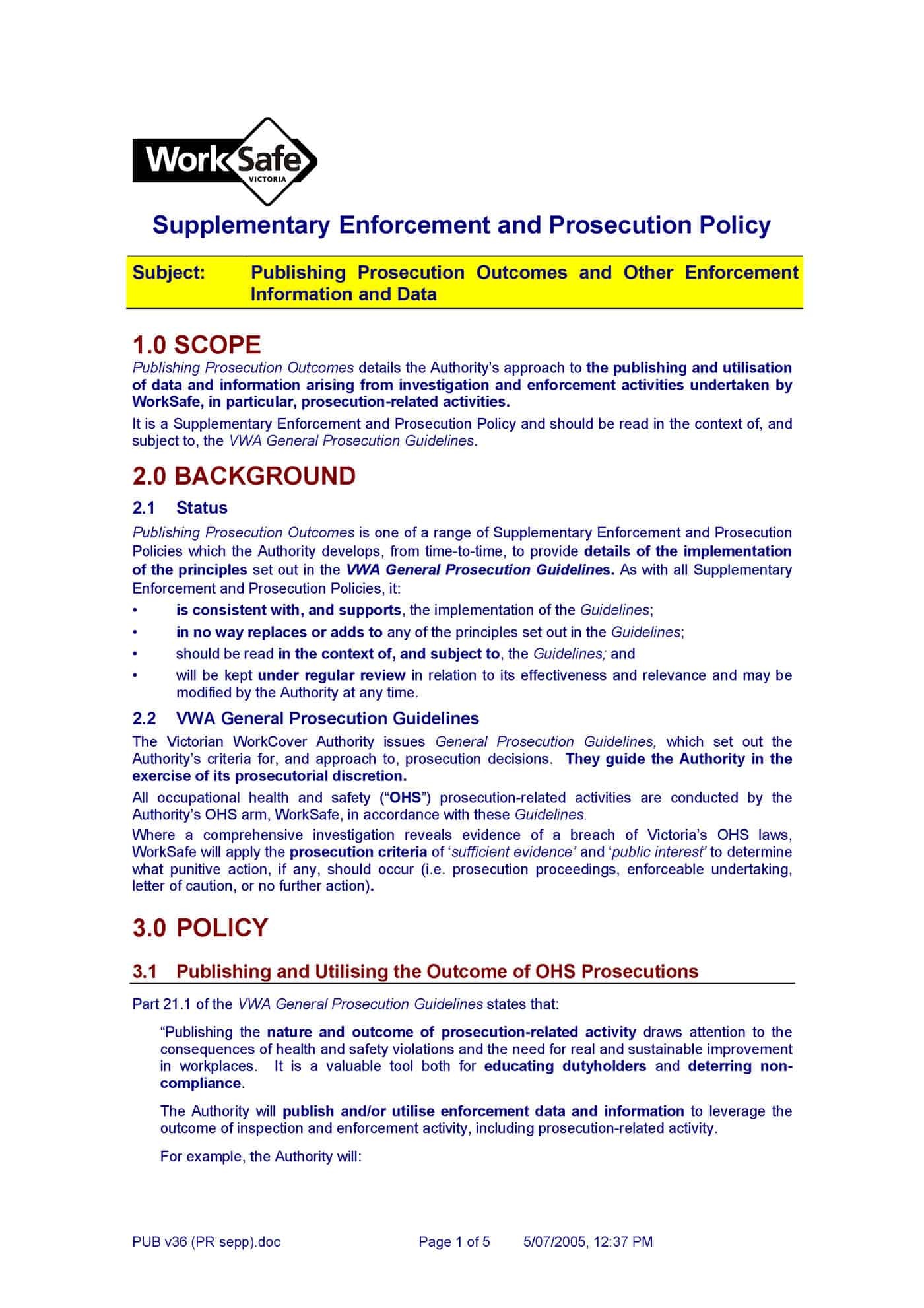 Australian recruiting firm, Sacs Consulting, has released the findings of a survey entitled “Dangerous Personalities making work unsafe“. Such surveys are predominantly marketing exercises and usually, as in this case, there is a limited amount of data available but the results are often broadly distributed and add to the discussion about workplace safety.
Australian recruiting firm, Sacs Consulting, has released the findings of a survey entitled “Dangerous Personalities making work unsafe“. Such surveys are predominantly marketing exercises and usually, as in this case, there is a limited amount of data available but the results are often broadly distributed and add to the discussion about workplace safety.
The headline itself is a red flag to occupational health and safety (OHS) professionals who are old enough to remember the debate about “blaming the worker” for OHS breaches, injuries and illnesses. Most safety managers and corporate safety programs are applying a “no blame” philosophy to combat the worker focus but the reality is that workers are still being blamed and being dismissed for safety breaches. The Sacs Consulting survey confirms the growing worker focus by looking at the personal rather than the organisational.
The Sacs study found:
“…that some people still ignore OHS rules and act unsafely in the workplace, whereas others value their own safety and that of their colleagues so actively that they try to improve the safety of their workplace. Using personality and values testing, the study was able to predict whether an individual is more or less
likely to be safe at work.” (page 1) Continue reading “Dangerous personalities making work unsafe – really?”

 SafetyAtWorkBlog has
SafetyAtWorkBlog has  The purpose of OHS Moot Courts is to provide a taste of the Court experience in the context of a prosecution for occupational health and safety (OHS).
The purpose of OHS Moot Courts is to provide a taste of the Court experience in the context of a prosecution for occupational health and safety (OHS).  The attention given by OHS/WHS professionals and senior executives to due diligence is already changing how workplace safety is managed in a positive way but recently the
The attention given by OHS/WHS professionals and senior executives to due diligence is already changing how workplace safety is managed in a positive way but recently the 